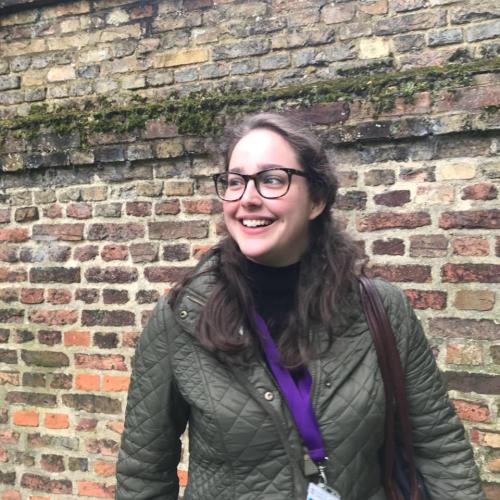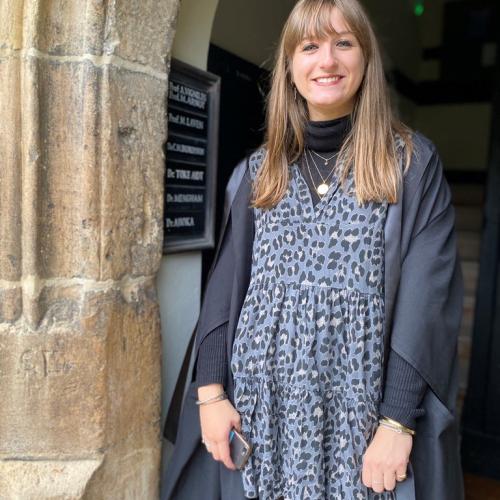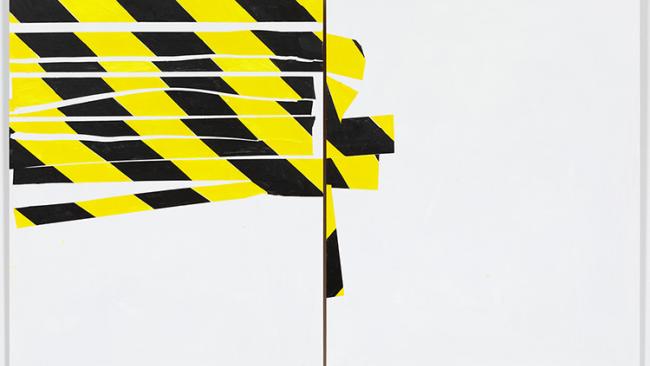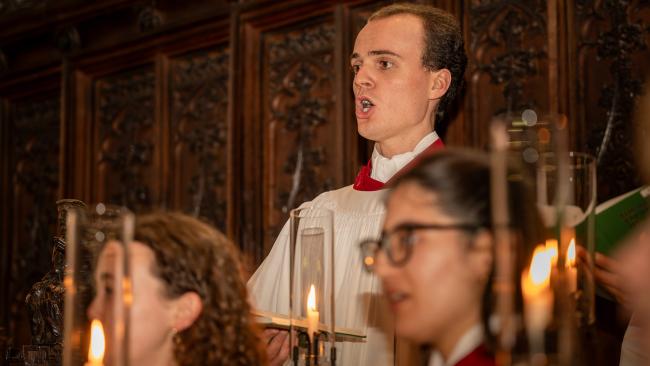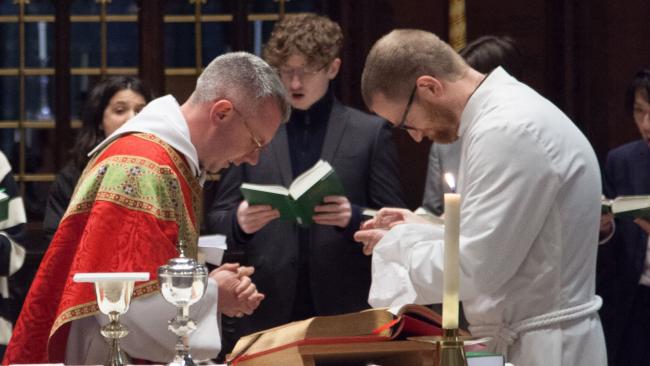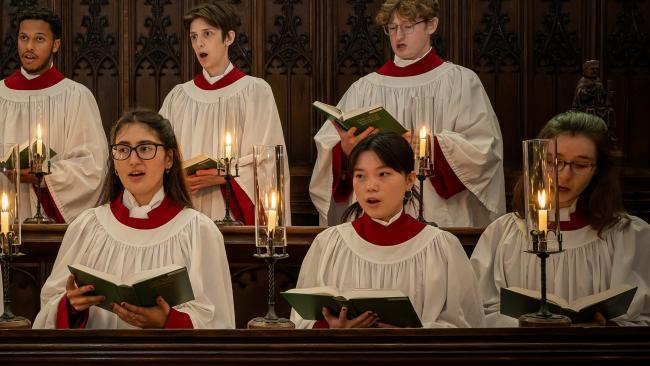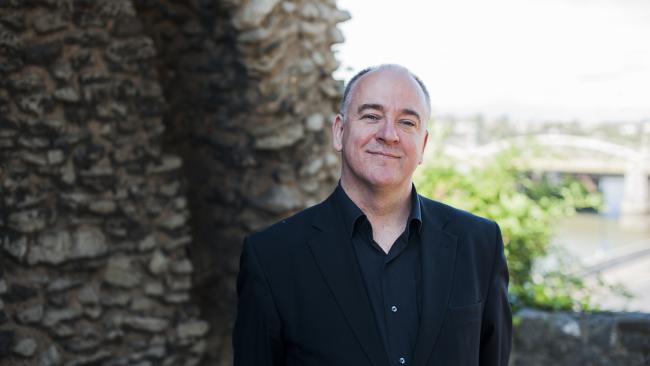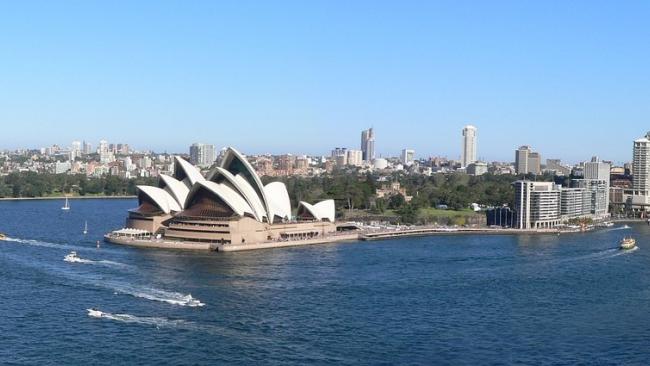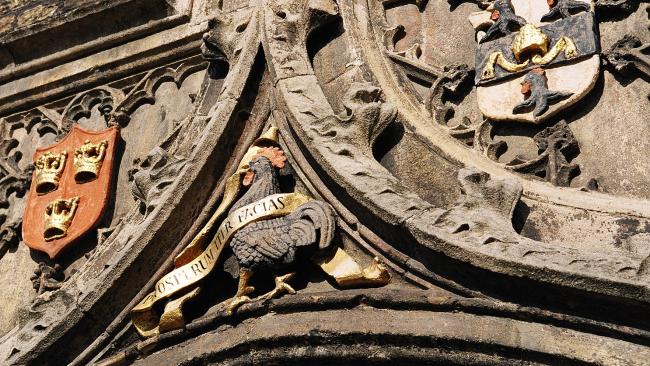
1496 to 1559
Founded on the former site of St Radegund's Priory in 1496, Jesus College became home to a small community of priests, choirmen, and scholars including the future Archbishop Cranmer.
The foundation of Jesus College
In June 1496 Bishop Alcock received royal authorisation for a new College which would take over the buildings and land of St Radegund’s priory. The College was officially known as the College of the Blessed Virgin Mary, St John the Evangelist and the Glorious Virgin St Radegund, but became commonly known as Jesus College.
In late medieval England colleges were small residential communities of priests and other clerics who, in return for free board and lodging and sometimes a stipend, celebrated Masses and other services of psalms, hymns, and prayers on behalf of other people, often members of wealthy families or guilds.
The intention was that the prayers would shorten the time that the subject's soul would spend in Purgatory making amends for a lifetime of sin. The Masses and other services were chanted, and so the colleges were known as chantry colleges, any chapels devoted solely to them as chantry chapels, and the endowments that supported those celebrating the services as chantries.
At Jesus College services were celebrated for the king, Henry VII (who had permitted the College's establishment), and other members of the royal family, for the bishop and his successors, and for other people who founded chantries there for themselves or their families. In 1547 there were six such chantries, each with its own altar in the chapel.
Members of the College often had duties other than church services, for example teaching, or running hospitals, almshouses, and hostels for travellers.
College members were usually expected to study theology or law (canon and civil) to qualify themselves for senior positions in the church or in government, often both.
At Jesus College the religious needs of the church were given priority: only one priest was allowed to study law rather than theology, and other staff were appointed to take on the duties of school master and assistant.
In 1516 Bishop Nicholas West placed the College on a firm legal footing by writing its first statutes.
The College buildings
During the College's first 20 years significant gifts from influential individuals including Sir Reginald and Lady Katherine Bray and Sir John Rysley allowed the remains of the priory church and the other buildings surrounding its cloister to be adapted and rebuilt.
The huge late 12th century Romanesque church was reduced to less than half its former size to allow the cloisters to be enlarged. It was recast in the Gothic Perpendicular style and became the College’s Chapel. The Chapel was rededicated to the Name of Jesus, a popular contemporary devotion which the pope had authorised the king’s mother to promote.
A stately brick entrance tower was built, containing living accommodation for both the Master of the College and the Master of the Grammar School, with an adjacent classroom and dormitory for the school. A fine new hall was built on the site of the former priory refectory and kitchen, while sets of rooms for Fellows were built where the chapter house, calefactory (common room), and dormitory had previously stood. A spacious library was built on the second floor on the opposite side of the cloisters, above other rooms.
All these buildings were decorated with Bishop Alcock’s heraldic device: a cock perched on an orb representing the world, a pun on the Bishop's name.
The early College community
The new Jesus College continued as a chantry College housing graduate students and a school for half a century.
Between 1549 and 1553, under the young Protestant king Edward VI, the traditional Catholic liturgy was replaced by services from the Books of Common Prayer. The College's six or seven priest Fellows or Scholars were assisted in singing chapel services by eight choristers or choirmen. The boys attended the grammar school and some of the choirmen studied in the University for their Bachelor of Arts degree
These were the only undergraduate members of the College. Some senior graduates, including the future Archbishop Cranmer, also lodged there.
At this time Jesus College was a small community with less than 50 residents, including boys attending the school, other lodgers, and the domestic staff: the cook, the barber, the laundry man, and the porter.


